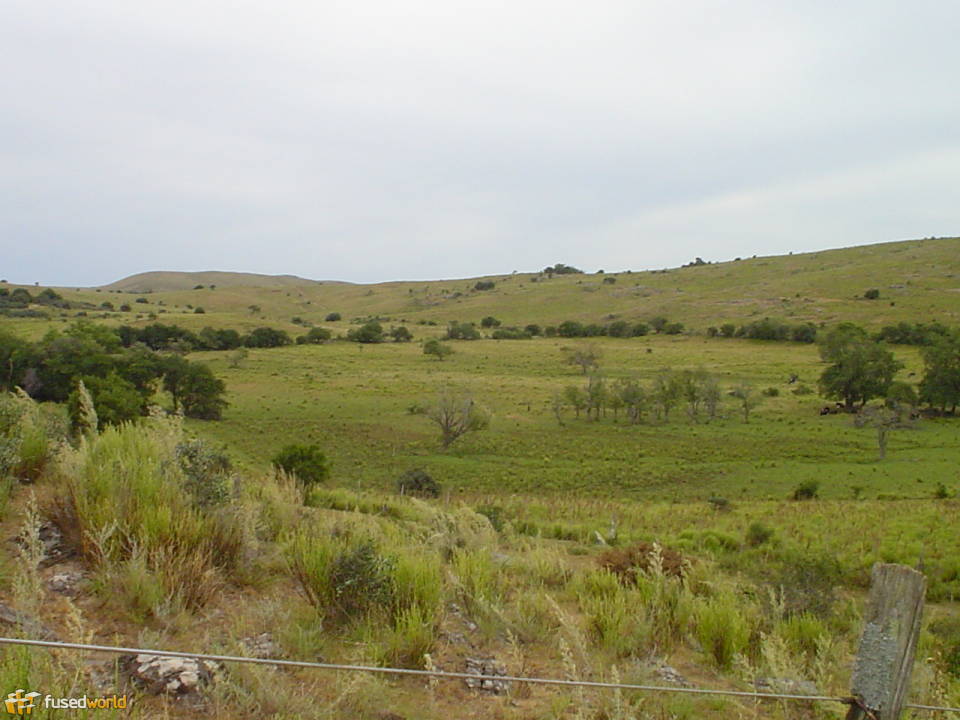Uruguay: Uruguay Geography Profile
2015/08/11
Land
Water
Climate
Topography
Flora and fauna
Southern South America, bordering the South Atlantic Ocean, between Argentina and Brazil
33 00 S, 56 00 W
South America
slightly smaller than the state of Washington
1,648 km
warm temperate; freezing temperatures almost unknown
mostly rolling plains and low hills; fertile coastal lowland
arable land, hydropower, minor minerals, fisheries
seasonally high winds (the pampero is a chilly and occasional violent wind that blows north from the Argentine pampas), droughts, floods; because of the absence of mountains, which act as weather barriers, all locations are particularly vulnerable to rapid changes from weather fronts
water pollution from meat packing/tannery industry; inadequate solid/hazardous waste disposal
second-smallest South American country (after Suriname); most of the low-lying landscape (three-quarters of the country) is grassland, ideal for cattle and sheep raising
- Uruguay News
-
- ISRAEL: Netanyahu’s Historic Latin American Tour to Highlight Israeli Tech Sector
- ISRAEL: PM Netanyahu leaves on historic visit to Latin America
- AFGHANISTAN: UNWTO: International tourism – strongest half-year results since 2010
- AFGHANISTAN: Higher earning Why a university degree is worth more in some countries than others
- ARGENTINA: China looks to deepen ties with Latin America
- URUGUAY: Uruguayan peso breaks the 30.00 UYU per USD mark in January
- Trending Articles
-
- EUROPE: Ball Corporation Debuts Three New Aluminium Beverage Can Sizes
- SOUTH AFRICA: Nigeria and South Africa emerge from recession
- CHINA: Xi Jinping opens BRICS Summit in Xiamen, asks members to shelve differences
- NIGERIA: The Security and Exchange Commission approves the 40th Annual General Meeting of Oando PLC
- AUSTRALIA: Western Australia joins two-thirds of country to ban fracking
- WORLD: How fair is our food? Big companies take reins on sourcing schemes











